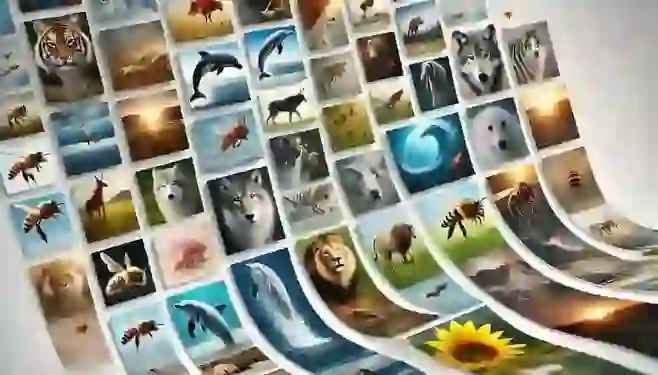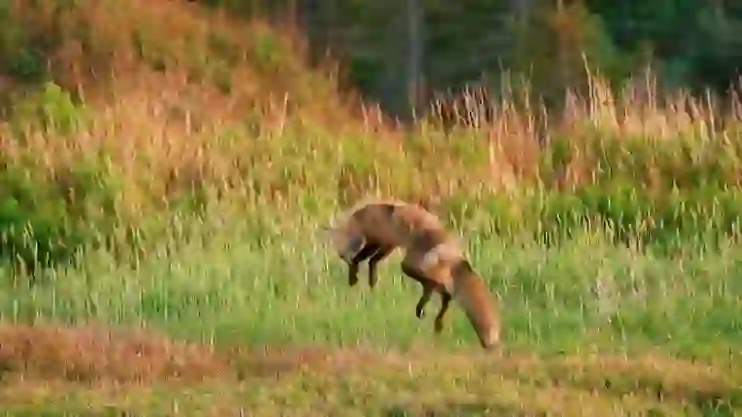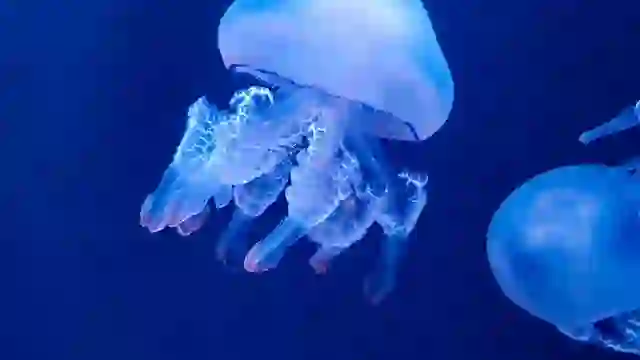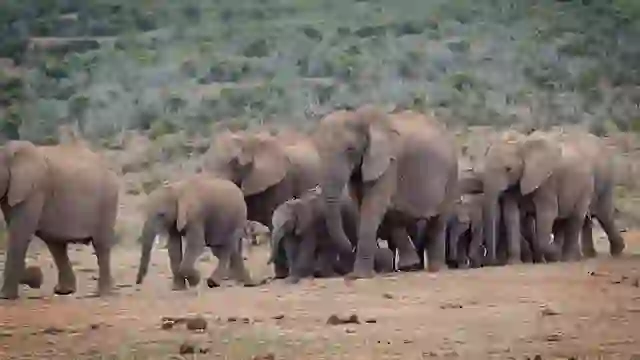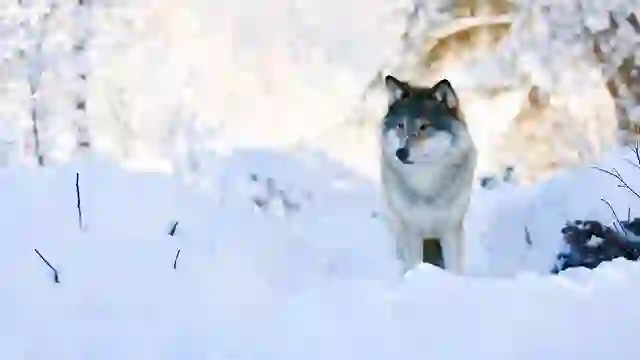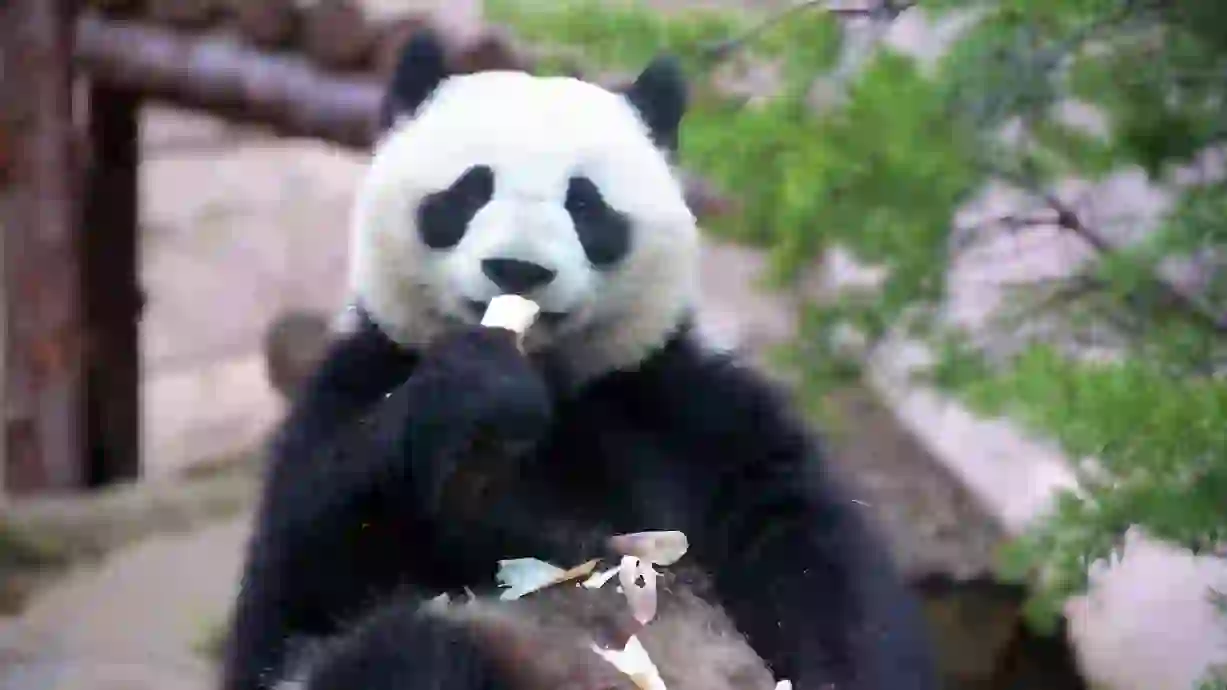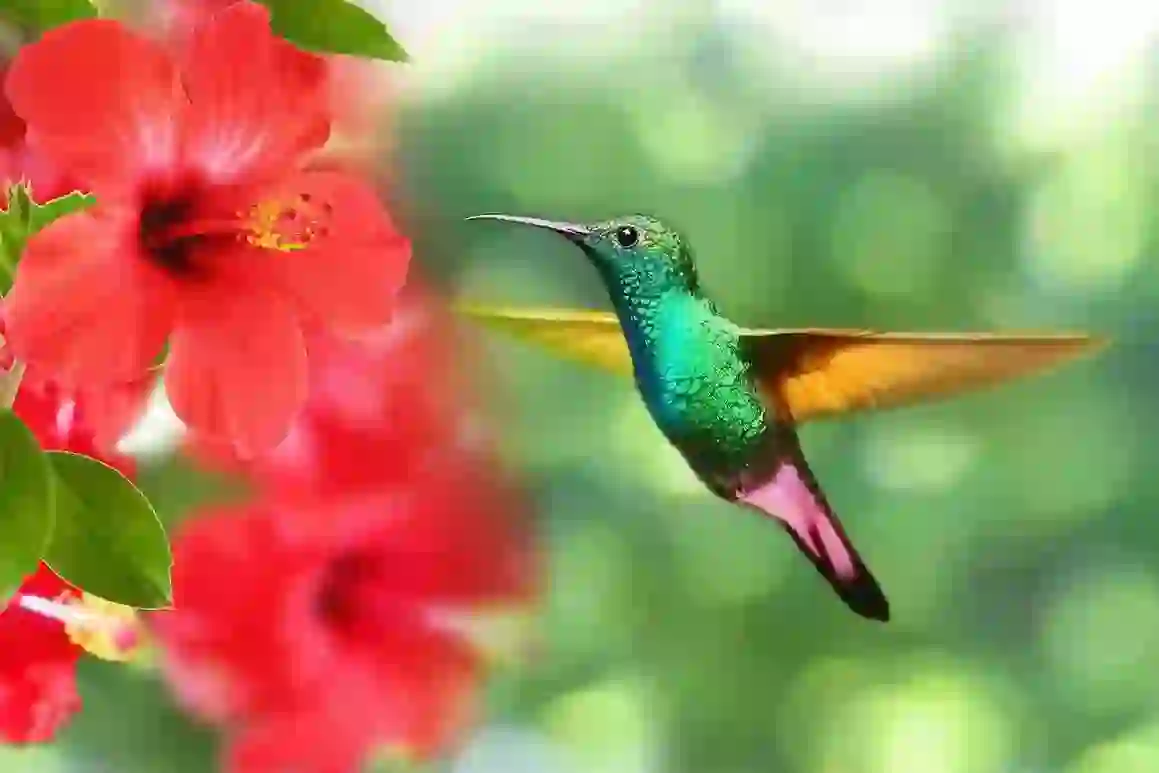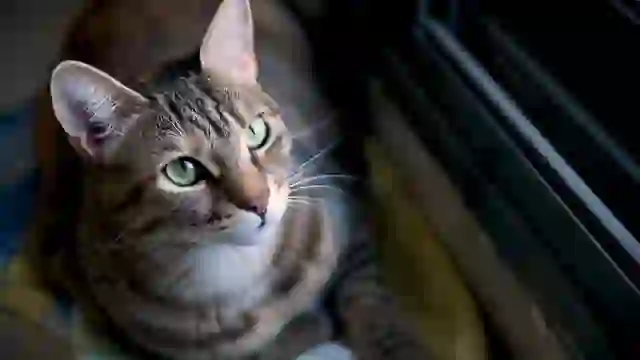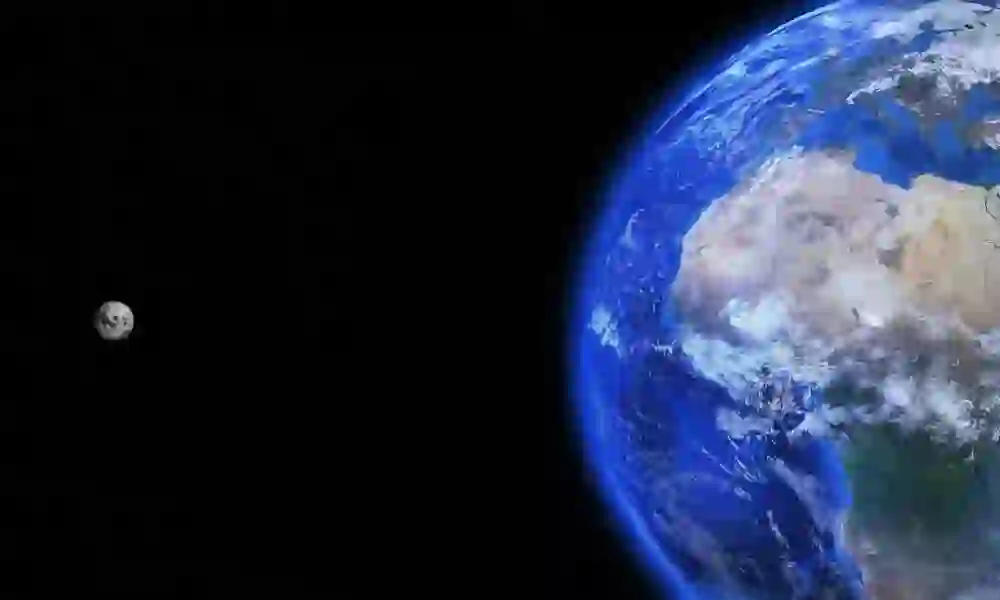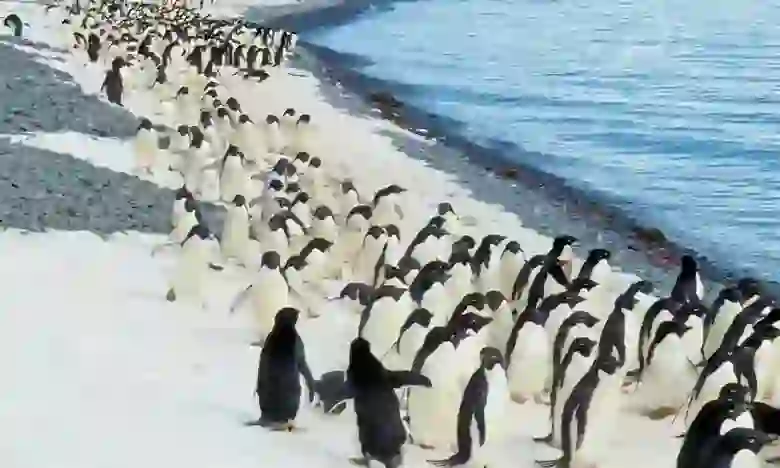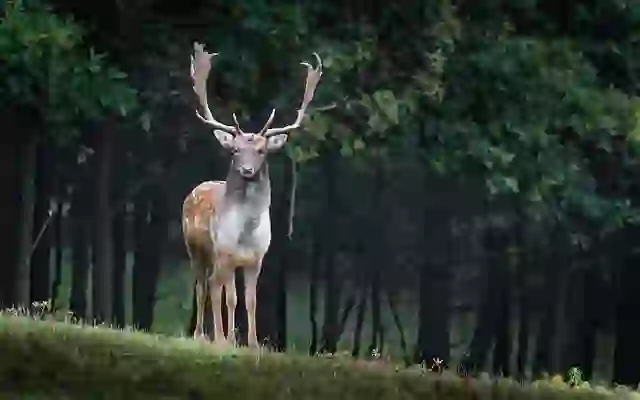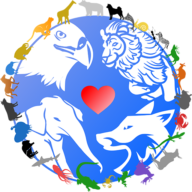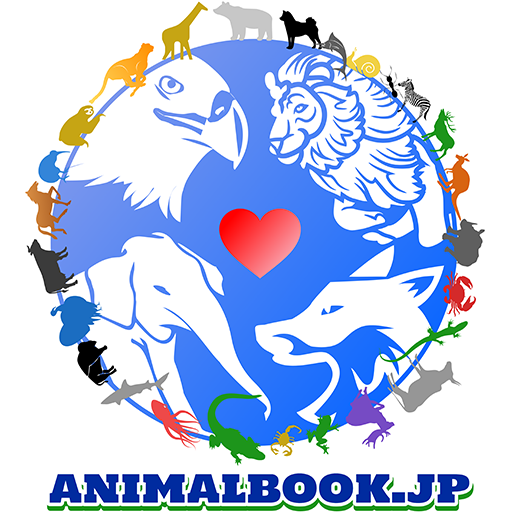
Hooded Vulture
Hooded Vulture
Hooded Vulture
The hooded vulture, a small vulture that glides like a shadow over the savannas and villages of Africa. They play a vital role as nature's cleanup crew. Let's explore the ecology of the hooded vulture and the challenges they face.
Hooded Vulture Basic Infomation
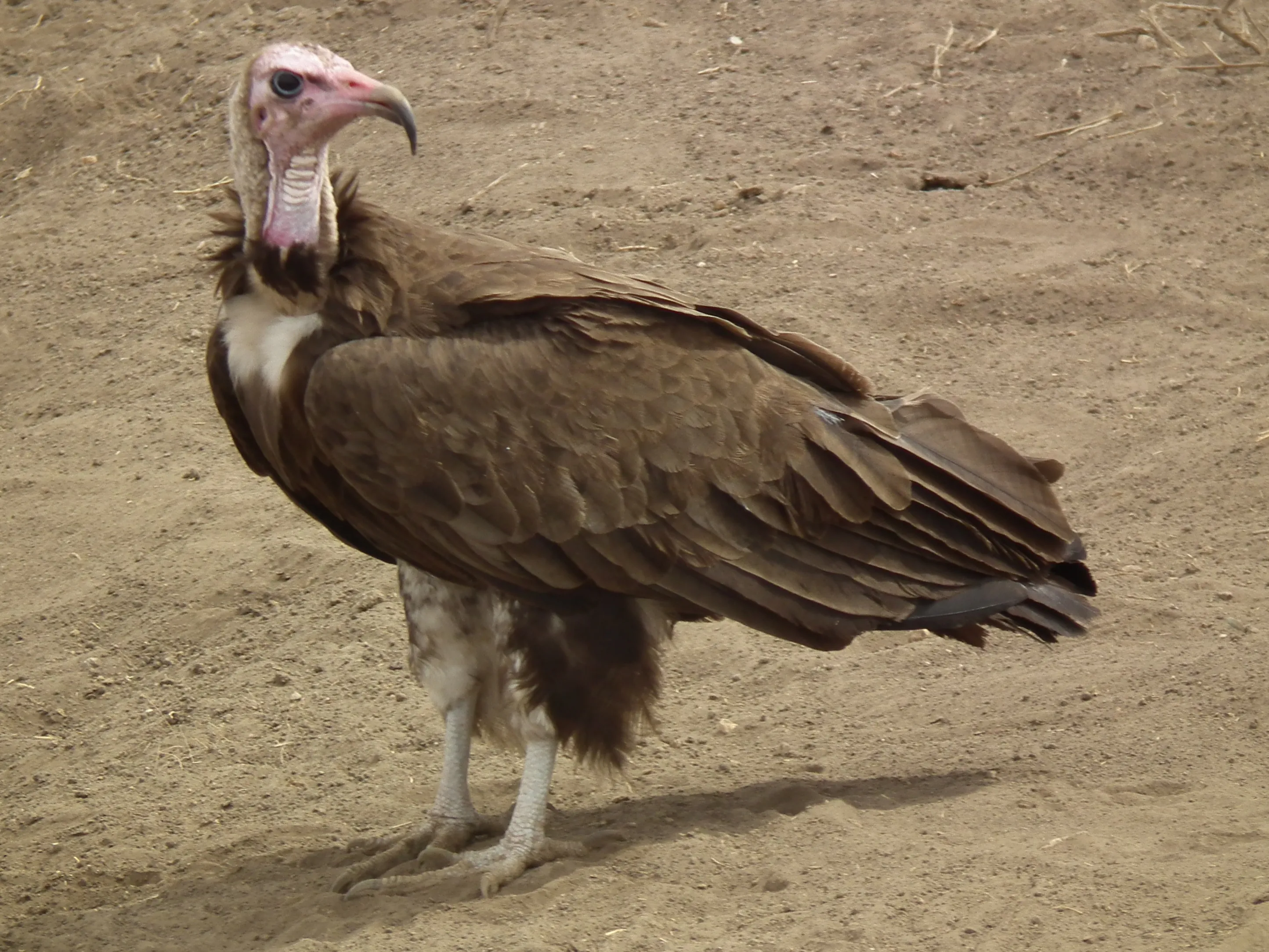
| Property | Value |
|---|---|
| Scientific Name | Necrosyrtes monachus |
| Taxonomic Status | SPECIES |
| Rank | SPECIES |
| Vernacular Names | Hooded Vulture |
| Kingdom | Animalia |
| Phylum | Chordata |
| Class | Aves |
| Order | Accipitriformes |
| Family | Accipitridae |
| Genus | Necrosyrtes |
| Habitats | Sub-Saharan Africa |
| Conservation Status | Critically Endangered (CR) |
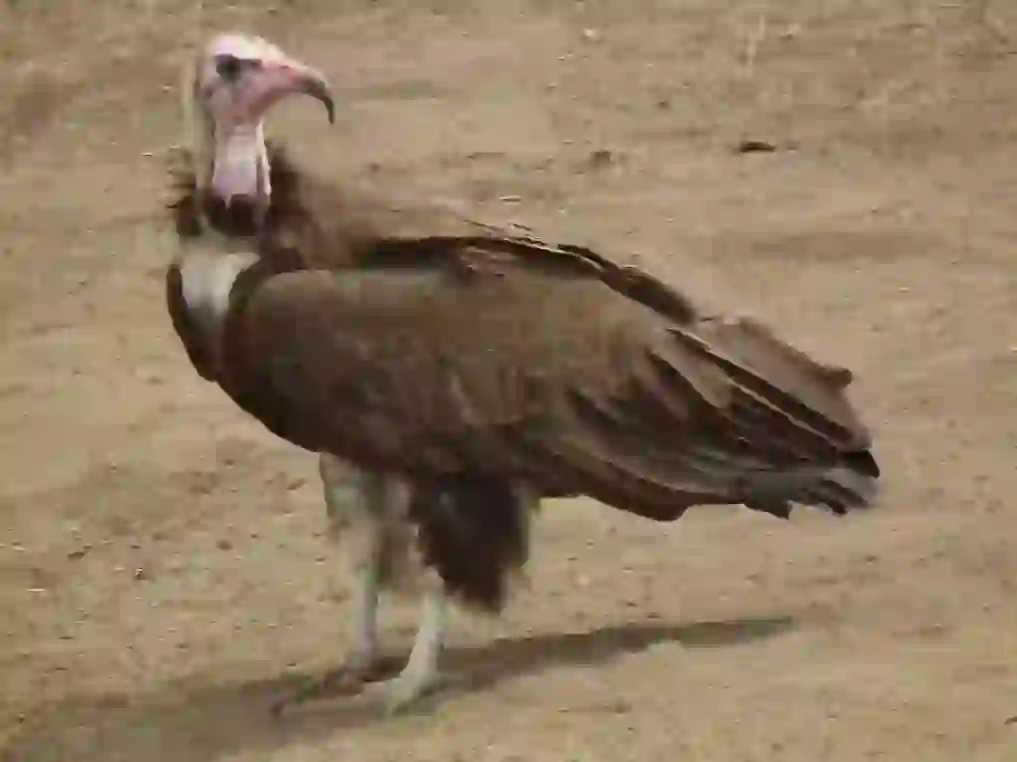
Size
They are about 23 to 28 inches (60 to 70 centimeters) in length, with a wingspan of about 59 to 71 inches (1.5 to 1.8 meters). They weigh about 3.3 to 5.5 pounds (1.5 to 2.5 kilograms). Females are larger than males.

Lifespan
Their lifespan in the wild is estimated to be about 10 to 15 years.

Distribution
They are widely distributed in sub-Saharan Africa. They are often found in areas with high human activity, including savannas, open woodlands, and near human settlements. They are often seen scavenging for food in garbage dumps.
Hooded Vulture Q&A

What kind of vulture is the hooded vulture?
The hooded vulture is a small vulture belonging to the genus Necrosyrtes.
As their name suggests, they have a dark brown plumage. They also have a small head and a slender neck. In English, they are called the 'hooded vulture'. 'Hooded' means 'wearing a hood,' referring to their small, sparsely feathered heads. They play an important role in nature as scavengers, consuming the carcasses of dead animals. They use their sharp beaks to tear flesh from carcasses and can also crush bones. They also feed on bones and internal organs left behind by other vultures. They can be solitary, but are often found in groups of a few to several dozen individuals. They build their nests in trees or on cliff ledges. The nests are made from branches and leaves, and females usually lay one egg. The egg hatches after about 42 to 56 days, and the chick fledges after about 3 to 4 months. Both parents participate in raising their young.

What do hooded vultures eat?
Hooded vultures mainly feed on carrion, but they also eat bird eggs, insects, reptiles, and even food scraps and garbage left by humans.
They are very adaptable when it comes to food.

[Quiz!] Why do hooded vultures live near humans?
Hooded vultures are often seen near human settlements, scavenging for food in garbage dumps.
This is because they utilize human garbage as a food source. Humans produce a large amount of garbage every day, which contains leftovers, bones, and internal organs. This garbage is a valuable food source for hooded vultures. Human settlements are also relatively safe for them as there are fewer other predators.

[Quiz!] Are hooded vultures endangered?
The hooded vulture is listed as 'Critically Endangered' (CR) on the IUCN (International Union for Conservation of Nature) Red List.
Their numbers have been declining rapidly in recent years and they are facing a severe threat of extinction. The main reasons for their decline are human activities:
・Habitat loss: Human development is destroying their savanna and forest habitats.
・Poaching: They are targeted by poachers for their feathers, talons, and beaks, which are highly valued in the illegal wildlife trade. They are also used in traditional medicine.
・Poisoning: They can be poisoned by consuming pesticides or poisoned bait.
・Collisions with power lines: They are often killed by collisions with power lines.
To protect hooded vultures, it is essential to conserve their habitat, prevent poaching, regulate the use of poisons, and mitigate collisions with power lines. We must also be aware of the current situation of hooded vultures and consider what we can do to protect them.
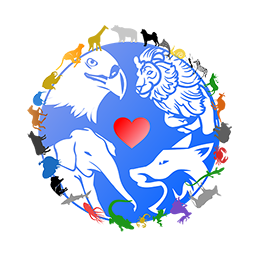
Would you like to become a part of the 'Animalbook.jp'?
Turn your knowledge into Q&A and share it with the world. ※Publication will be activated after purchase. Let's share information together!
Hooded Vulture Type of List

Efforts to Protect Hooded Vultures
- Establishment of protected areas
- Strengthening law enforcement against poaching
- Regulation of the use of poisons
- Mitigating collisions with power lines
- Public awareness campaigns
- Captive breeding and reintroduction programs
Information
Congratulations! You are the first commenter!

Create Your Favorite List!
Hooded Vulture
Save the animals you love! Build your own list to quickly revisit your favorites later.

Would you like to leave a comment?
※Please note: This is for the purchase of rights to post comments within the article.
Find Your Favorites!
Our shop offers a unique and attractive selection of goods themed around various animals.
Hooded Vulture References
Hooded Vulture Introduction of media used

Nevit Dilmen, CC BY-SA 3.0, via Wikimedia Commons

Help Enrich Our Animalbook.jp with Your Media!
We are constantly looking to expand and enrich our Animalbook.jp with amazing photos and videos of animals. If you have any media that you'd like to share, please contribute and help us showcase the beauty and diversity of the animal kingdom. Your submissions will be credited and featured in our encyclopedia, reaching a wide audience of animal lovers.


